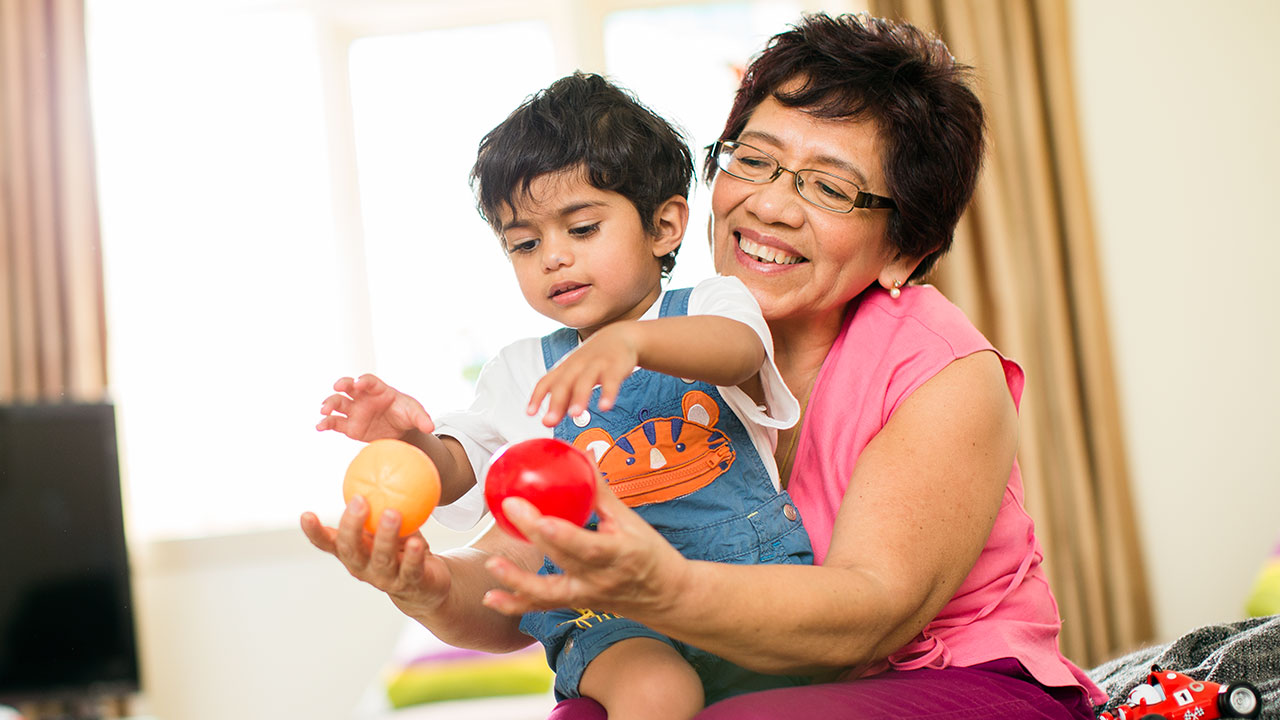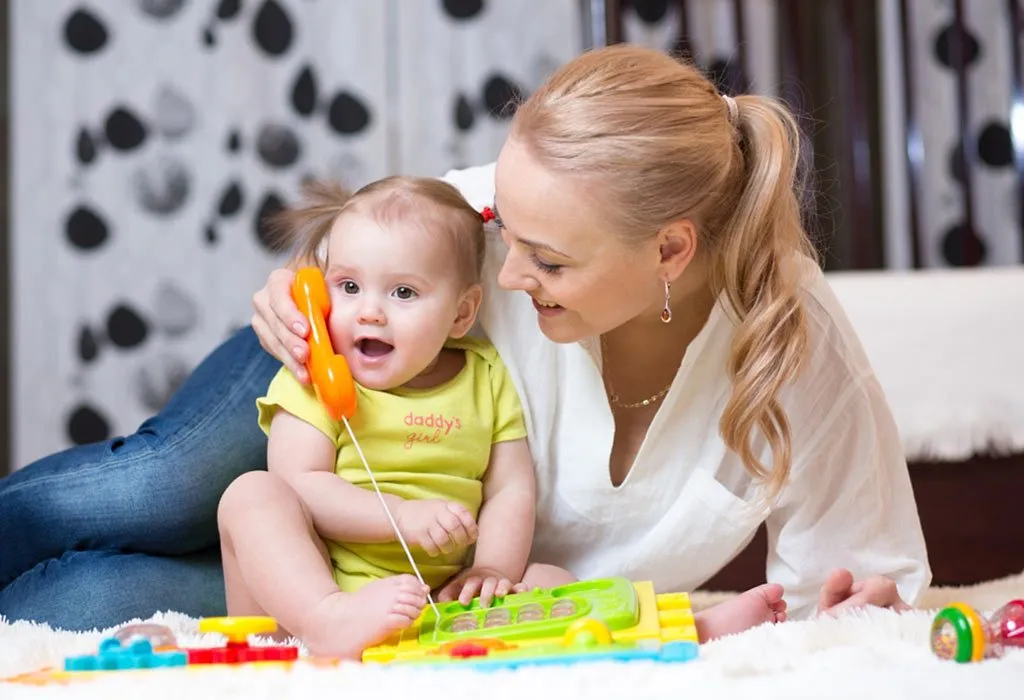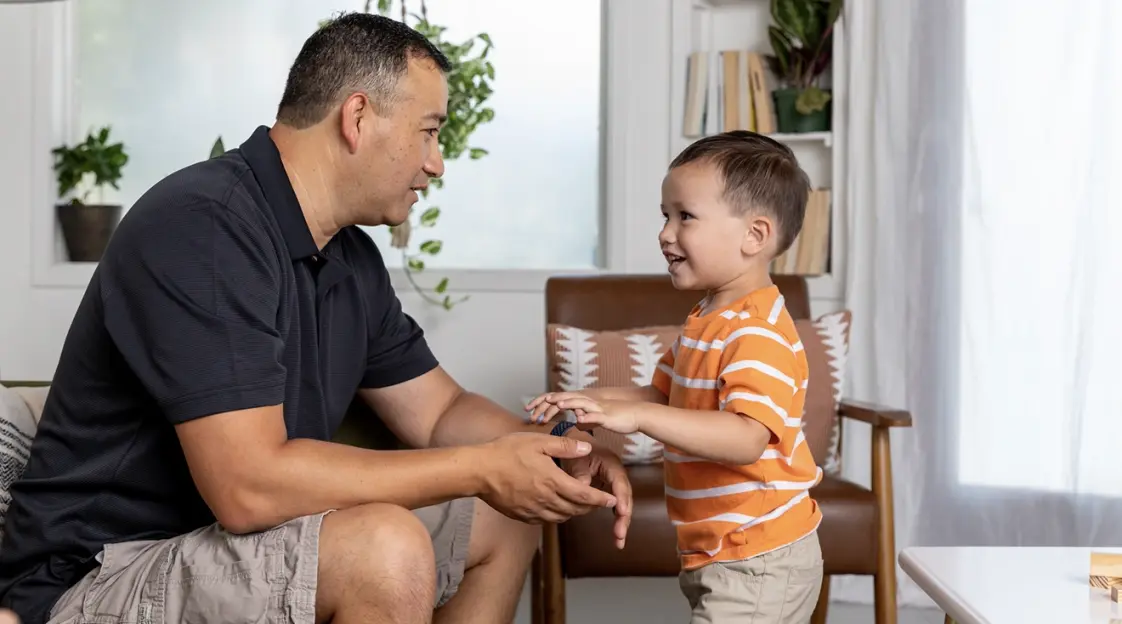I. Introduction

Language development plays a crucial role in a toddler’s overall growth and development. It serves as the foundation for communication, cognitive skills, social interactions, and academic success. As parents and caregivers, it is essential to provide toddlers with a language-rich environment that encourages and supports their language skills. In this article, we will explore strategies to foster toddler talk and language development.
II. Creating a Language-Rich Environment
A. Talking and Engaging with your Toddler
- Using a rich vocabulary and varied sentence structures: When interacting with toddlers, it is important to use a diverse range of words and sentence structures. This exposes them to new vocabulary and helps build their language skills. Instead of using simple words, try using more descriptive terms. For example, instead of saying, “The dog is big,” say, “The dog is enormous.”
- Asking open-ended questions and encouraging conversation: Engage your toddler in a conversation by asking open-ended questions that require more than a simple yes or no answer. This encourages them to think and express their thoughts. For example, instead of asking, “Did you have fun at the park today?” ask, “What was the most exciting thing you did at the park?”
B. Reading Aloud and Storytelling
- Sharing age-appropriate books and stories: Reading aloud to toddlers helps stimulate their language development. Choose books that are appropriate for their age and interests. Books with colorful illustrations and engaging stories can capture their attention and enhance their language skills.
- Encouraging active participation and interaction: While reading or telling stories, encourage your toddler to participate actively. Ask them questions about the story, characters, or their favorite parts. Let them predict what might happen next or ask them to retell the story in their own words. This helps develop their comprehension and communication skills.
III. Active Listening and Responsive Communication
A. Paying Attention and Responding to your Toddler’s Attempts to Communicate
One of the best ways to support language development is by actively listening and responding to your toddler’s attempts to communicate. Show genuine interest and pay attention when they babble, coo, or make gestures. Responding positively and promptly validates their efforts and encourages further communication.
B. Encouraging Turn-Taking and Conversation

- Modeling back-and-forth exchanges and waiting for their response: Engage in conversations with your toddler by modeling a back-and-forth exchange. Give them time to respond and don’t rush to fill in the silence. This teaches them the importance of turn-taking and conversation.
-
Using gestures, expressions, and nonverbal cues to enhance communication: Nonverbal cues and gestures can enhance communication and make it more engaging. Pointing to objects, using facial expressions, or acting out words or actions helps your toddler understand and express themselves effectively.
IV. Using Visual and Verbal Support
A. Incorporating Visual Aids and Visual Schedule

- Using pictures, charts, and objects to support language comprehension Visual aids can greatly enhance a toddler’s understanding of language. Utilize visuals such as pictures, charts, and objects to support their comprehension of words and concepts. For example, show them a picture of a cat while saying the word “cat” to reinforce the association between the object and its name.
- Establishing routines and using visual schedules to promote communication Creating a visual schedule can help toddlers understand and anticipate daily routines and activities. Use pictures or symbols to represent different events, such as mealtime or bedtime. By referencing the visual schedule, toddlers can better communicate their needs and understand what is happening throughout the day.
B. Repetition and Expansion
- Repeating and expanding on your toddler’s words and phrases When your toddler says a word or phrase, repeat it back to them to show that you’re actively listening and encourage further communication. You can also expand on their words by adding additional information or new vocabulary. For example, if your toddler says, “Ball,” you can respond with, “Yes, that’s a red ball. It bounces when you throw it.”
- Introducing new vocabulary and concepts through everyday experiences Take advantage of everyday experiences to introduce new vocabulary and concepts. For instance, when going grocery shopping, talk about the different fruits and vegetables you see and explain their colors, textures, and tastes. This helps expand your toddler’s language skills and knowledge of the world around them.
V. Fostering a Language-Rich Play Environment
A. Engaging in Pretend Play and Role-Playing

- Providing props and materials for imaginative play Encourage pretend play and role-playing by providing props and materials that stimulate your toddler’s imagination. For example, give them a toy kitchen and play food to act out cooking scenarios. Engaging in imaginative play helps develop language skills as they create narratives and communicate their ideas.
- Encouraging storytelling and creativity Support your toddler’s storytelling abilities by providing opportunities for them to express their creativity. Encourage them to tell their own stories, either verbally or through drawings and crafts. This enhances their language skills as they learn to organize their thoughts and express themselves in a coherent manner.
B. Incorporating Language-Enriched Toys and Games
- Choosing toys and games that promote language skills Select toys and games that promote language development, such as puzzles that require naming and categorizing objects, or word games that encourage vocabulary expansion. These interactive toys and games provide fun and engaging opportunities for your toddler to practice their language skills.
-
Facilitating conversation during playtime During playtime, actively engage in conversation with your toddler. Ask open-ended questions, provide descriptive language, and encourage them to express themselves. This back-and-forth interaction not only enhances their language skills but also strengthens your bond and communication.
VI. Embracing Multilingualism and Cultural Diversity
A. Introducing Multiple Languages and Cultures Expose your toddler to multiple languages and cultures to broaden their understanding of the world. Introduce them to different languages through songs, books, or language learning apps. Encourage them to appreciate and respect different cultures and traditions.
B. Supporting Language Learning in Multilingual Environments If your household is multilingual, create an environment that supports language learning. Set aside designated times for each language, providing ample exposure and practice. Encourage family members to communicate in their native languages, promoting language development and cultural preservation.
C. Celebrating and Exploring Different Cultures through Language Use language as a tool to celebrate and explore different cultures. Read books, watch shows, or attend cultural events that highlight diverse traditions. Incorporate words from different languages in everyday conversations to expose your toddler to linguistic diversity and foster cultural appreciation.
In conclusion, creating a language-rich environment for toddlers involves using visual and verbal support, fostering a language-rich play environment, and embracing multilingualism and cultural diversity. By implementing these strategies, you can effectively encourage and support your toddler’s language development, setting them on a path to successful communication and cultural understanding.



